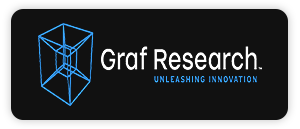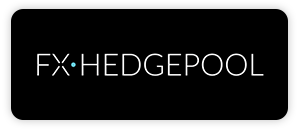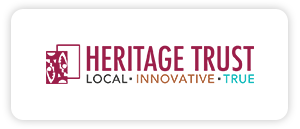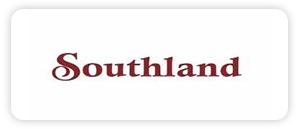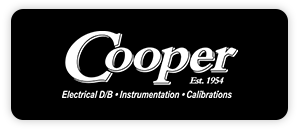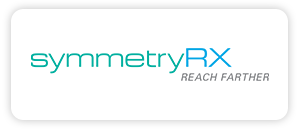Source: Rick Faulk (CEO) and Aaron Dun (CMO), Intromis
When SaaS businesses step on the gas and begin to scale, they often become obsessed with driving down their cost per lead as much as possible. But as Intronis CEO Rick Faulk and CMO Aaron Dun explain, focusing too much on cost per lead can prevent SaaS leaders from seeing the bigger picture.
Most CEOs of growing SaaS businesses understand the need to spend money to make money. But they also understand that in order to make their growth sustainable, they also need to look for cost savings and investment efficiency wherever they can find it.
The latter goal often manifests itself in CEOs and CMOs becoming fixated on driving cost per lead down to its lowest reasonable point. And while that might not seem like a bad thing, Rick Faulk, the CEO of SaaS cloud backup and recovery solution Intronis, says focusing solely on cost per lead is a shortsighted approach to optimizing growth.
“It’s easy to reduce cost per lead, but the more important issue is how do you reduce the cost of customer acquisition,” Faulk explains. “Ultimately, that’s what really impacts sustainable growth. You can reduce the cost per lead all you want, but if those leads aren’t converting or they’re raising your cost of acquisition, then how is that helping you drive stronger growth?”
Looking Beyond Cost Per Lead: Optimizing Customer Acquisition
The reality, Faulk says, is that cost per lead is just one ingredient in a much larger growth recipe. To truly optimize growth, marketing organizations must look at the fully baked cost of acquiring a customer by adding in all sales and marketing expenses, and dividing it by the total amount of revenue generated by new deals over that same time period. Cost per lead is part of that equation, of course, but it isn’t the entire equation.
CAC = Cost of sales and marketing spending / annual contract value of bookings
To calculate the cost of acquisition (CAC) for recurring revenue streams, simply take the fully loaded/burdened cost of the combined sales and marketing spending for any particular period and divide by the annual contract value of the bookings. For example, if the combined S/M expense was $5,000,000 and the bookings were $7,500,000, the cost of acquisition for a $1.00 of new annual contract value would be $.67. For most models, anything less than $1.00 is reasonable.
“It’s really all about understanding historical math and efficiency,” explains Intronis CMO Aaron Dun. “If a high cost lead is converting at a significantly higher rate than lower cost leads, then why would you cut back on those leads if your goal is to fuel growth? The key is to know what’s converting, how it’s converting, and what the outcome might be if you invest more into a specific lead source.”
For example, trade shows are often maligned as an expensive way to collect leads. But if those leads convert at a high rate, then abandoning trade shows as a lead generation engine in favor of an activity with a lower cost per lead is not looking at the complete picture.
“Too often, demand gen strategies focus on driving down the cost of leads, which leads to spending more money on sub-optimal campaigns,” Dun says. “Instead, the focus has to be on optimizing the balance between cost and conversion within your acceptable metrics.”
Keep an Eye on Churn
Another area frequently overlooked is downstream customer churn. Your customer acquisition strategy may be flooding your company with new business at optimal cost, but churn could also be skyrocketing.
“It is important to make sure the kinds of customers a particular campaign is bringing in are the right customers who are going to deliver on the business outcomes you expect,” Dun explains. “If one campaign is very successful, but the new customers it brings in churn at a higher rate than expected, one root cause to examine is the appropriateness of that original lead channel.”
In closing, cost per lead is an important consideration, but cost of acquisition is the better measure of how to optimize your marketing strategy. As a result, Dun says marketers should continually strive to strike the right balance between cost and outcomes — that means measuring conversion as well as churn.
About Scale Finance
Scale Finance LLC (www.scalefinance.com) provides contract CFO services, Controller solutions, and support in raising capital, or executing M&A transactions, to entrepreneurial companies. The firm specializes in cost-effective financial reporting, budgeting & forecasting, implementing controls, complex modeling, business valuations, and other financial management, and provides strategic help for companies raising growth capital or considering M&A/recapitalization opportunities. Most of the firm’s clients are growing technology, healthcare, business services, consumer, and industrial companies at various stages of development from start-up to tens of millions in annual revenue. Scale Finance LLC has offices throughout the southeast including Charlotte, Raleigh/Durham, Greensboro, Wilmington, Washington D.C. and South Florida with a team of more than 40 professionals serving more than 100 companies throughout the region.


